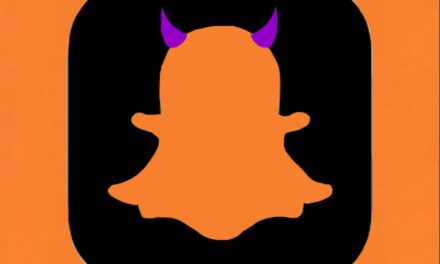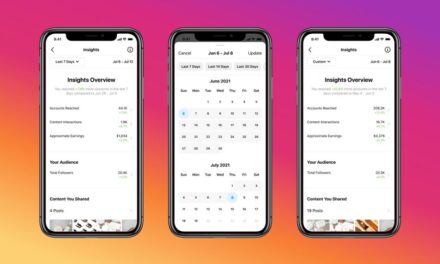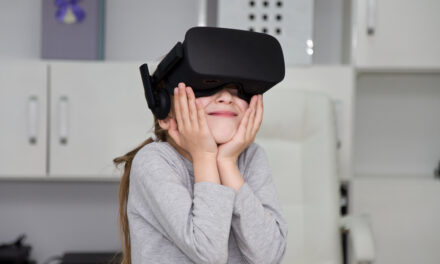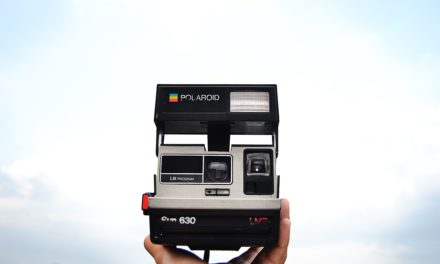Repost from: https://www.marketingtechnews.net/news/2018/oct/05/five-ways-spot-marketing-trend-will-last/
Historically trends have been set and followed by public opinion and perception – the, ‘I want one of those’ movements – all driven by a the boom in mass communications from the early origins of the TV and radio, right through to our devices today. A nostalgic look back at old pictures or images is usually enough to make us a cringe just a little. As opinions change, so do trends. And vice versa. It’s a self-perpetuating cycle of movement that rarely operates at one speed and is almost impossible to tell where one ends and another begins.
No surprise then that brands traditionally found it difficult to keep up, let alone identify what is going to be popular ahead of the curve. So, what’s changed? How can marketers identify a trend that will last, cut through the clutter and, ultimately, have the desired impact in terms of marketing value?
Best of both worlds
Opinion and desk research only go so far and penetrate so deep. Dossiers of information still take a long time to compile, sort, analyse, filter and deliver something useful. That isn’t to say qualitative information isn’t useful – it is. But the addition of proven, data-based observation and analysis is a game changer for brands. Technology means we can re-conceptualise what a trend is in ways never before possible. We can define a structure of social-cultural phenomena to create a hierarchy of concepts. This can include everything from hard evidence, facts and data, which are available to everyone, right through to hundreds of thousands of soft signals, like initial sparks of interest or minor changes in language and tone. These are things that are incredibly difficult for humans to identify, but easy for machines.
Platform peculiarities
There are so many social platforms it’s easy to come to the conclusion, ‘I’m seeing X everywhere, therefore it must be big’. There are many examples of the manifestation of this – the ALS Ice Bucket challenge being one of the most high profile in recent times – but largely these are more following than example setting. The combination of multiple devices and platforms means seeing the same story morning, noon and night is not uncommon. Though, while this would suggest a particular story has legs and longevity, it’s a false economy. One errant tweet from Donald Trump is likely to deliver an action and reaction on every social platform and news outlet; that doesn’t make it a trend. The reason being that each and every platform has its own peculiarities. Repetition is not that useful if it doesn’t take into account all the nuances between platforms.
Listen to the insiders
So, who are people actually influenced by? It used to be their inner circle or selected experts. Not anymore. In the last few years, the role of the social influencer has boomed as brands bought into the concept of social media influencers, realising they have the power to overshadow celebrities due to their increasing online fame, honesty and credibility. However, it would seem these days that everybody on social is an influencer, which is a misnomer when it comes to trendspotting. It is often the case that it is not the quantity of followers that defines the most influential but the quality of content of those that are ‘in the know’. Those that have experimented with something first hand, be it a product or a lifestyle. Something we refer to as “insiders”. It would be like finding Zoella, before fashion and beauty blogging became ‘a thing’.
More science, than art
The simple truth is that if a trend is easily detectable by brands then it’s probably passed them by. Think of the amount of time it takes to mobilise internal teams, not to mention that an instinctive reaction to a trend is likely to torpedo any existing and budgeted activity. Methods are now more science than art. We live in an age of large-scale patterns, combined with the incredibly micro phenomena of the few flying under the radar. We’re in an age of images not words and we’re living in a time where we can convey human emotional behaviour through the use of colours and patterns on our screens. In tomorrow’s world, marketers need to take a large scale mathematical approach combined with a deep semantic driven understanding of the way that we as humans behave. It’s a potent mix.
Quantity v quality
For all the advances in technology, grasping the impact and opportunity of a trend remains fundamental. Understanding quality means that all future implications of a trend should be taken into consideration in order to avoid unexpected effects. Understanding quantity means having a clear idea of the total addressable market for a trend. By correlating quality and quantity, marketers can understand how much time and effort they invest and when. In this age of AI, marketing still needs a human touch.















